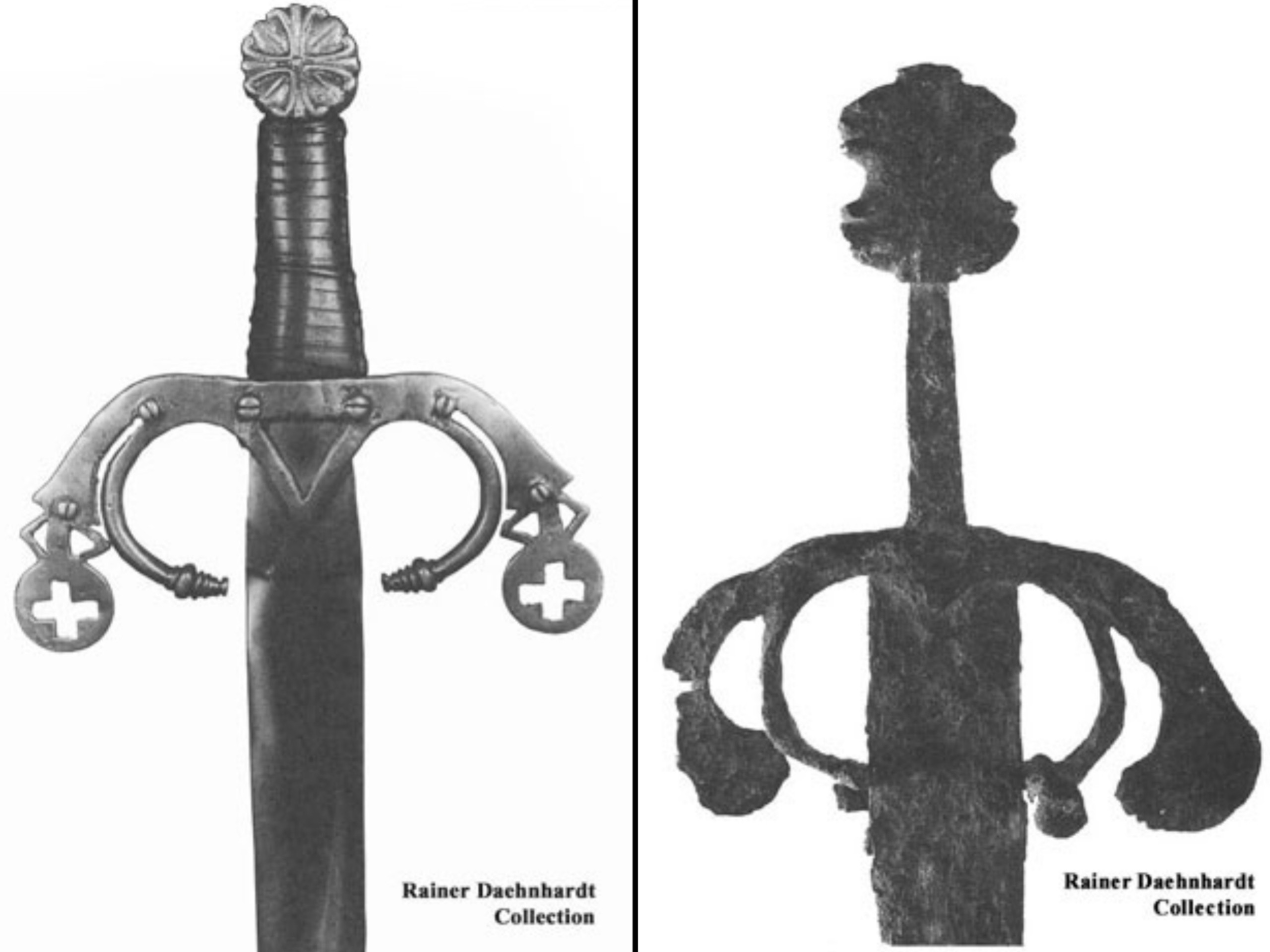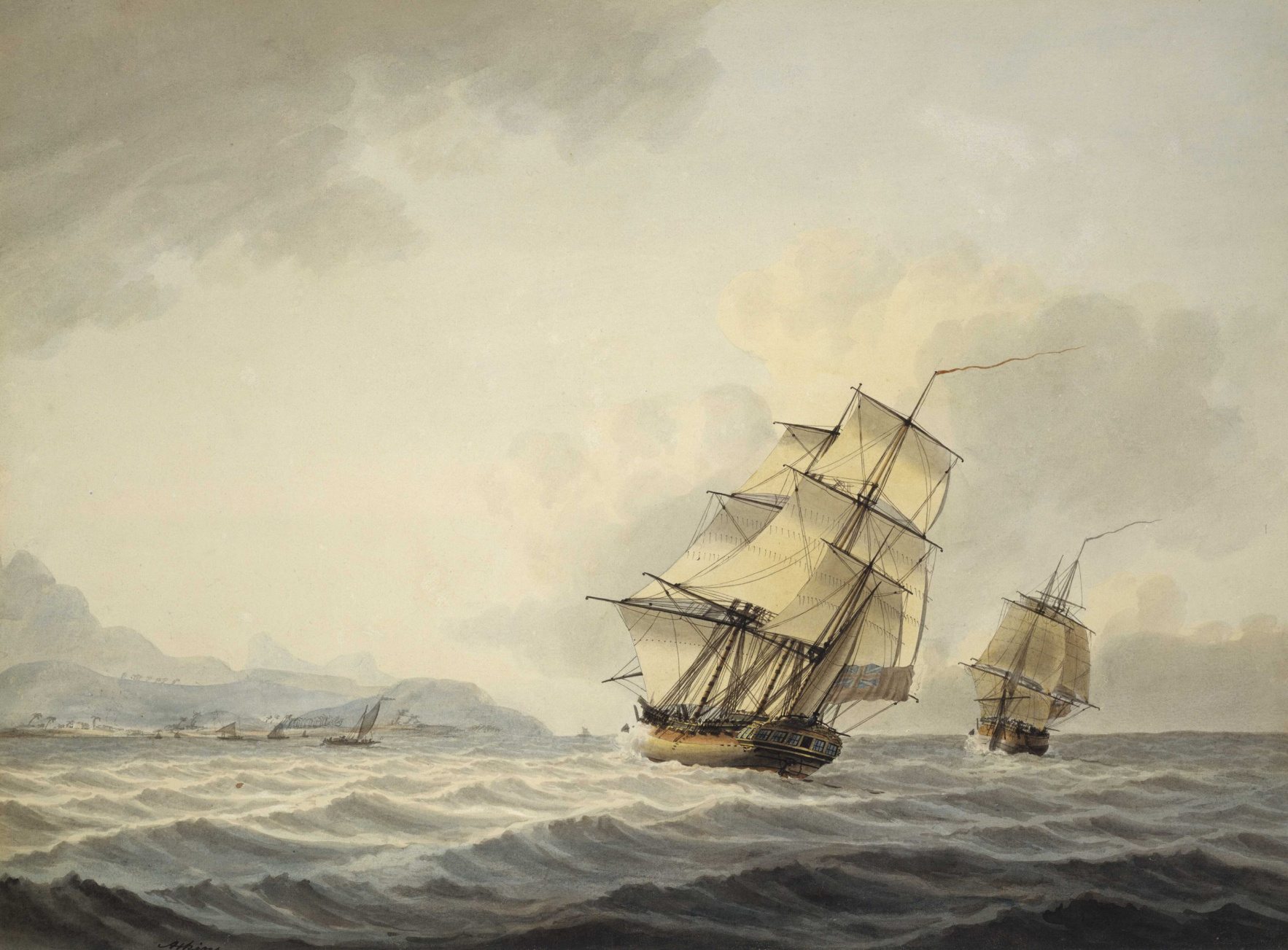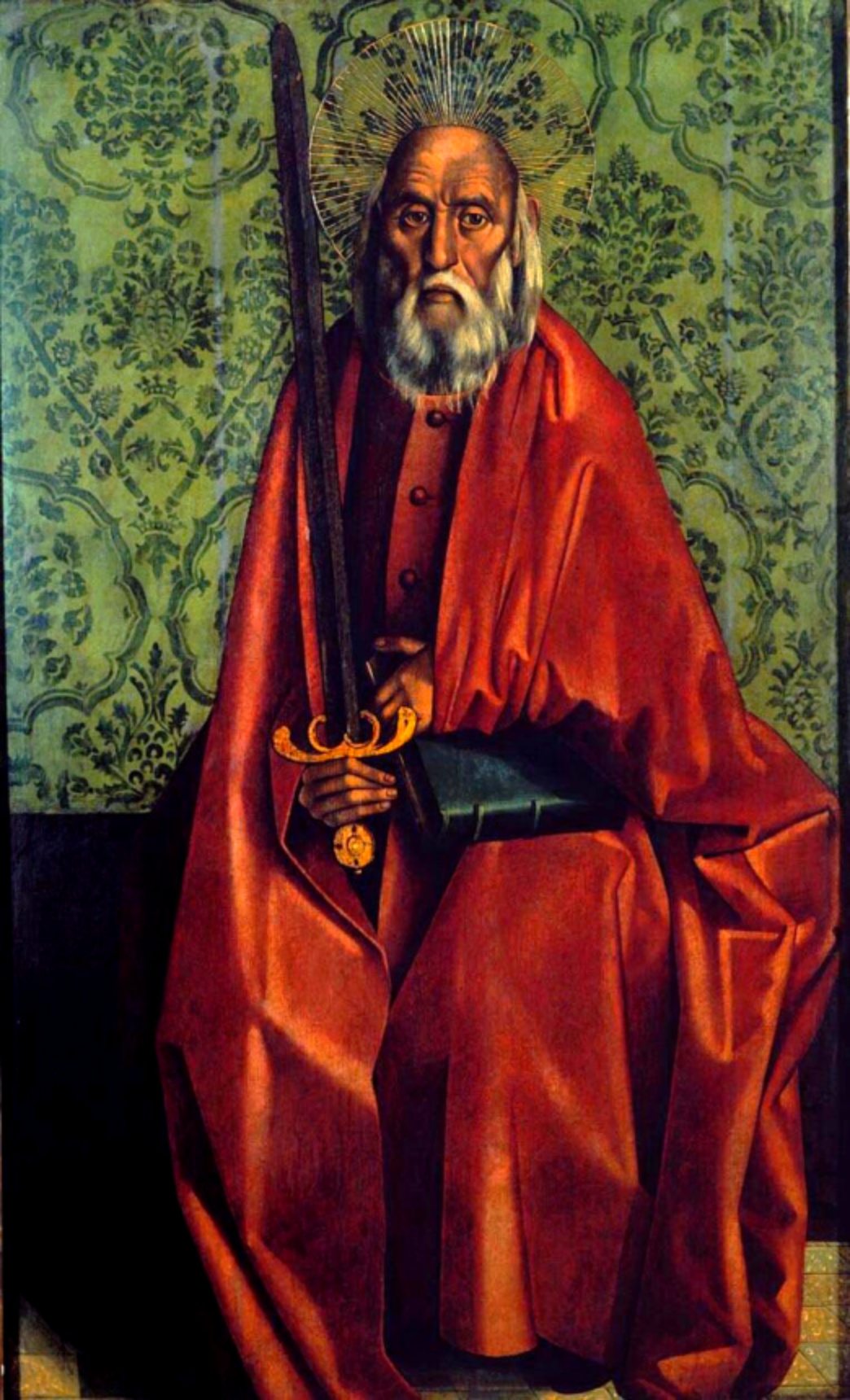In the Age of Discovery, Portuguese soldiers embarked on daring expeditions to explore unknown territories and establish trade routes. To ensure their safety on ships and caravels, they wielded a unique weapon called the Carracks Black Sword, also known as the Crab Sword.

This extraordinary sword was invented in Portugal during the 15th century and designed specifically for soldiers and sailors in their world exploration. It featured a distinctive guard with two protective rings, designed to protect the wielder’s fingers while also serving as a means to trap an opponent’s blade.

One of the notable characteristics of the Carracks Black Sword was its black color. Portuguese soldiers painted the swords black to prevent the reflection of light, which could betray their presence on ships. Additionally, the black paint helped mitigate corrosion caused by saltwater, ensuring the longevity of the sword’s functionality.
Beyond its practical features, the sword had a rather peculiar nickname among Portuguese soldiers. They referred to it as “Colhona”, a term that roughly translates to “big balls” in Portuguese. This name is attributed to the sword’s round terminal plates resembling a pair of testicles, combined with its phallic shape.
The precise origin of the sword is unclear, but similar swords with the same characteristics were also found among Castilian forces and other regions of the Iberian Peninsula. It became known as the Iberian sword of the late 15th century.
The Portuguese Guard Sword, another popular model among Portuguese forces during this period, featured a straight blade with a diamond cross-section, a discoidal pommel, and volute-like guards. The origins of this sword are also ambiguous, but it can be seen in artworks from the end of the 14th century.
Renowned Portuguese artist Nuno Gonçalves prominently included the Portuguese Guard Sword in his works, such as the Saint Vincent Panels and the Pastrana Tapestries, further cementing its cultural significance.

While the Portuguese Guard Sword and the Carracks Black Sword share similarities in design, it is imperative not to confuse them. The Carracks Black Sword, with its colhona feature, was a unique Portuguese version derived from the Portuguese guard sword. The addition of a plate or disc at the end of each quillon gave the sword’s wielder an extra edge in melee combat.
The colhona swords were predominantly used in Portuguese trading cities in Africa during the 16th century and became symbols of honor embraced by local chiefs. This Portuguese expansion in Africa led to the spread of the sword among African populations, who regarded it as a status symbol.
In contemporary inventories, the Carracks Black Sword was often described as “espada preta de bordo,” emphasizing its black paint and its intended use for hand-to-hand combat on ships and fortresses along the African coast.
In conclusion, the Carracks Black Sword, known as the Crab Sword or Colhona, was a remarkable weapon designed to meet the unique needs of Portuguese soldiers during the Age of Discovery. Its black color, distinctive guard, and extra blades made it a formidable weapon, allowing soldiers to avoid detection and combat corrosion. As Portuguese exploration expanded into Africa, the sword also gained popularity among African populations as a revered status symbol. The sword’s history and significance serve as a testament to the remarkable ingenuity and resourcefulness of Portuguese soldiers during this groundbreaking era of exploration and discovery.




